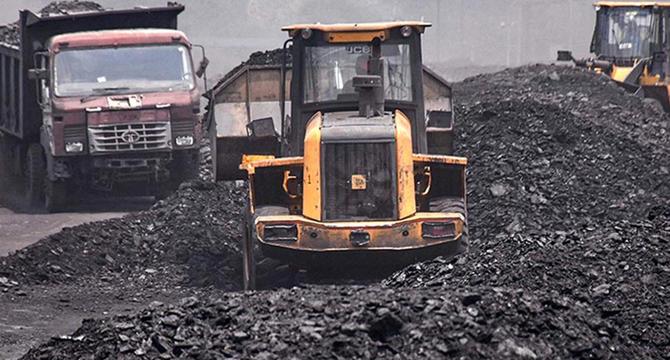HinduBusinessLine
3d
1.6k

Image Credit: HinduBusinessLine
India's $80 bln coal-power boom is running short of water
- India's $80 billion investment in coal plants by 2031 faces water scarcity issues, exemplified by the Solapur district's struggles with diminishing water supply, worsened by a newly operational coal-fired power plant competing for water.
- The country's plans to invest in water-dependent coal plants in India's driest regions raise concerns about future conflicts over limited water resources between industry and residents.
- The power ministry's shortlist of future coal projects shows that many are situated in areas facing water scarcity or stress, leading to growing tensions.
- Rapid expansion of coal plants in such areas is a strategic choice influenced by easy access to land, even if water availability is limited, driving future water consumption concerns.
- While India aims to reduce reliance on coal, the government's emphasis on coal for energy generation remains strong due to strategic reasons and low per-capita power consumption compared to regional rival China.
- Local politicians often support large infrastructure projects like the Solapur coal plant for popularity, despite potential future water scarcity problems.
- The Solapur coal plant operating since 2017 faced delays and water sourcing challenges, highlighting issues with water efficiency and capacity utilization compared to global norms.
- India's coal-powered plants typically consume double the water compared to global standards, indicating a pressing need for more water-efficient energy policies.
- Water shortages have led to significant loss of coal-power generation capacity in India, impacting plant operations and highlighting the urgent need for sustainable water management strategies.
- Despite water scarcity challenges and protests, plans for expanding coal plant capacity continue in water-stressed regions like Chandrapur, raising concerns over future water management and conflicts with local communities.
Read Full Article
20 Likes
For uninterrupted reading, download the app